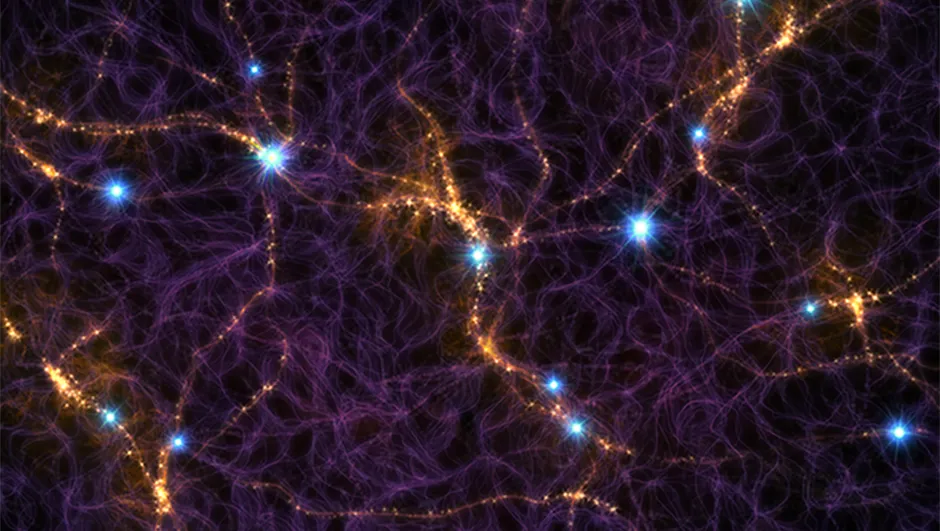This stunning image of Earth from space shows the lights of the major cities of northwestern Europe, captured by an astronaut on board the International Space Station.
The International Space Station orbits Earth once every 90 minutes, travelling at 17,500 miles/28,000 kilometres per hour, 400km above the ground.
See more pictures of Earth from space

This means that astronauts on board the Space Station get fabulous views of our planet: its cities, mountains, deserts, oceans and rainforests.
Views of Earth from space showing the night side of our planet are particularly spectacular, as this image makes clear.
It was captured on 19 January 2024 and clearly shows the major cities of northern Europe, distinguished as huge blobs of artificial lighting peppered around the continent.

Image of an increasing issue?
While most of us will look at this image and see mostly beauty, it does also bring into focus the ever-increasing light pollution caused by artificial lighting in major towns and cities.
Many argue that light pollution is becoming a bigger problem, and it's not just backgarden astronomers who are worried.
Artificial lighting is thought to have a detrimental effect on the natural day-night cycle experienced by flora and fauna, including humans.

Most prominent in the image are London (top), Paris (left) and Amsterdam (right).
Strands of light in the shape of major motorways linking Europe's towns and cities can be seen, and are reminiscent of the Cosmic Web structure of the Universe.

Also visible is the curved edge of Earth - known as its limb - near the top of the image, and a green glow that could be the aurora or airglow.
The image was captured using a Nikon D5 digital camera and a focal length of 24 millimetres and was released by the International Space Station (ISS) Crew Earth Observations Facility and the Earth Science and Remote Sensing Unit, Johnson Space Center.
